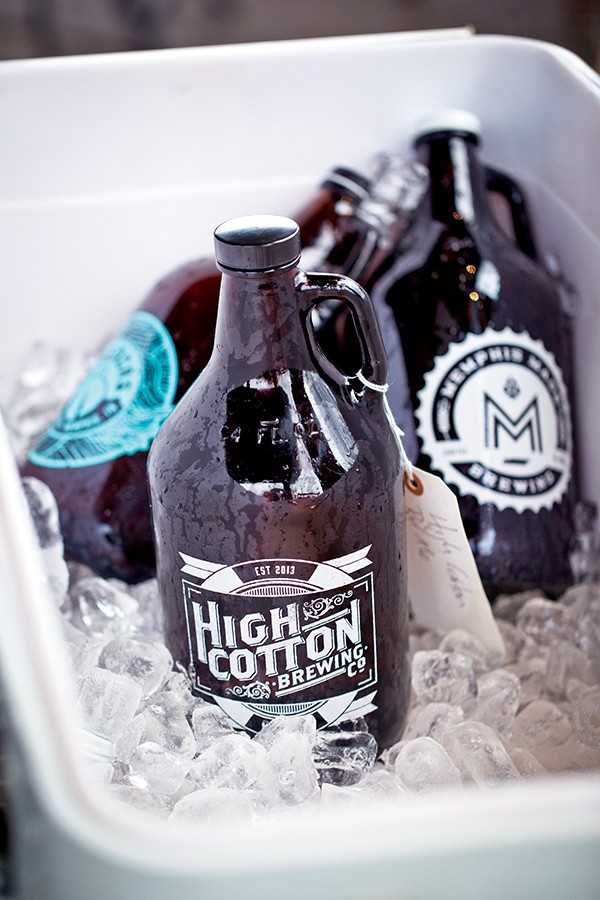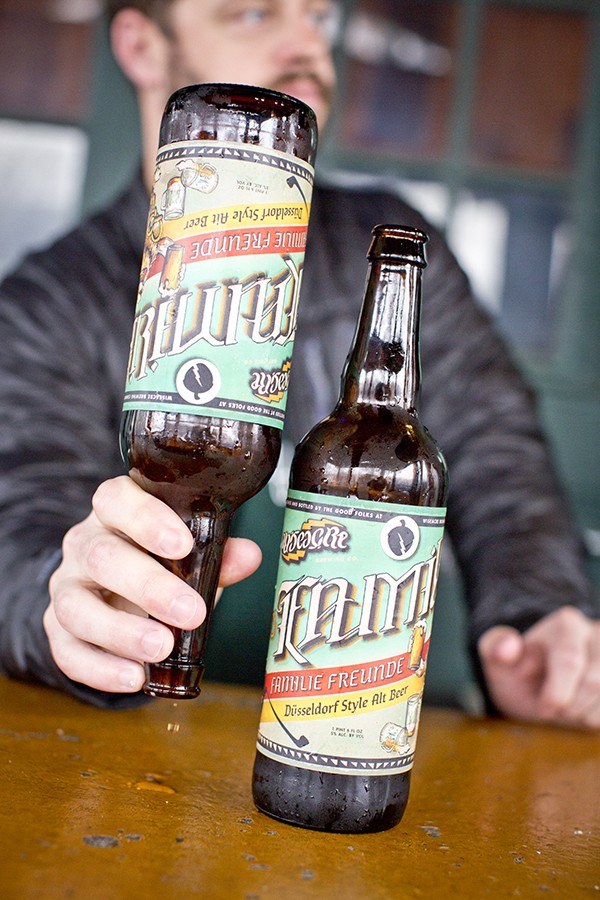Craft beer changed here in 2013 — and it changed Memphis.
Drinking local a decade ago gave Memphis beer fans two choices: a trip to Boscos or picking up a sixer of Ghost River Golden.
However, that year, 2013, promised to be a watershed, flowing rivers of local beers and new styles to the Memphis market. That promise was delivered.
“Within the next year,” the Flyer’s Hannah Sayle wrote in April 2013, “Memphis will have three new craft breweries.”
And it did. By year’s end, Wiseacre, Memphis Made, and High Cotton began production, raising the total local beer sources to five. This changed the craft beer game in Memphis. This first rush of local breweries opened a gate — but not a floodgate, exactly — to more brands and breweries here. It all led the way to triple the total local beer sources to 15 in 2023.
The 2013 beer boom was good news for the curious craft quaffer. But local beer’s rising tide raised many other boats. It has brought new opportunities for business and development, new tourist experiences, new ways to build community, and new ways to celebrate the city.
“When Wiseacre, High Cotton, and Memphis Made opened that year, that really launched a new era of craft beer in Memphis and paved the way for the vibrant scene that we have now,” Mike Erskine, founder and author of the Memphis Beer Blog, told the Flyer earlier this year. “Prior to 2013 for fans of craft beer, what you could buy in Memphis was really limited. Back then you might head to Walgreens in West Memphis to get beers that are not sold in Memphis. You might travel to Nashville and bring home beers from breweries that didn’t distribute in Memphis.
“So when those three breweries opened in 2013, there was a shift, and all of a sudden you had options for a good, local beer.”
Ghost River and Boscos were well-established in 2013. The Flying Saucer had poured craft styles from other markets since 1997. And other entrepreneurs had stabbed at (and missed) bringing local craft here before. Here’s how Sayle explained it in her 2013 Flyer story:
“Craft brewing entered the Memphis scene in the mid-1990s, when the first Boscos brewery and some other, less successful brewpubs opened around town. Chuck Skypeck [then] of Boscos and Ghost River Brewing Co. recalls a brewery in the old Greyhound station on Union Avenue, a chain brewpub on Winchester called Hops, and the Breckenridge Brewery above what is now The Majestic Grille, which still [at the time housed] all the old brewing equipment. Aside from Boscos, none of these brewpubs lasted more than a few years.
“In the mid-’90s, homebrewing hobbyists and beer nerds, whom Skypeck refers to as ‘old guys with beards,’ were determined to create an alternative to the big brewing industry: Anheuser-Busch and MillerCoors. The enterprising ones among them opened brewpubs, assuming the quality product would drive demand and a market for craft beers would build up around them.
“‘The younger consumer was drawn to Smirnoff Ice and flavored malt beverages and froufrou cocktails,’ Skypeck says. ‘I told people that craft beer has to attract the 21-to-25-year-old, or it’s not going to go anywhere. The sea change that’s made craft beer grow now is that the younger consumer is now on board.’”

Millennials and Memphis Pride
They were and still are. You can tell that by having a look around a local taproom. Much credit is heaped on millennials for craft beer’s rise. For proof, look at a market research paper from the National Bureau of Economic Research, “Millennials and the Take-Off of Craft Brands.”
“Millennials buy more craft beer than earlier generations,” reads the paper. “This shift in preference could overturn a nearly century-old structure dominated by a small number of national brands.”
In 2018, the Brewers Association said the huge millennial generation accounted for more than half (55 percent) of craft beer drinkers. They were willing to try new things, polls found, but they were also attracted to the authenticity of locally made beers over the mass-produced stuff still largely favored by baby boomers.
Young people also loved where they lived and — as the urbanist adage goes — they wanted to “live where they lived.” In the early 2010s, a swell of civic pride gripped cities all over the U.S. Memphis was no different; just look to the Choose901 T-shirt catalog for proof.
Holly Whitfield fueled the I Love Memphis Blog for nearly a decade before helming the digital team at The Daily Memphian in February. The first story she worked on for the Memphis Tourism blog was about the opening of Wiseacre’s Broad Avenue taproom in September 2013. So while she had a front-row seat to beer and city pride for a long time, the movement was “about more than beer.”
“Breweries started serving as community gathering places, venues that can host other kinds of events like comedy shows, markets with Memphis artists, concerts with Memphis music, fundraisers — so, a gathering place for other aspects of culture,” Whitfield said. “They’re family-friendly, and casual, too.
“[Craft beer is] a local product with a local flair. The branding for a lot of breweries is locally flavored.
“Also, craft beer had been thriving in other places for a while so for Memphis to sort of finally have arrived and have our own scene, I think people were proud and happy about that.”
Younger drinkers and their love for the city helped push Memphis craft beer’s success forward. In turn, local beer helped forge a new Memphis identity and breathed new life into some dormant and sometimes “spooky” urban spaces.
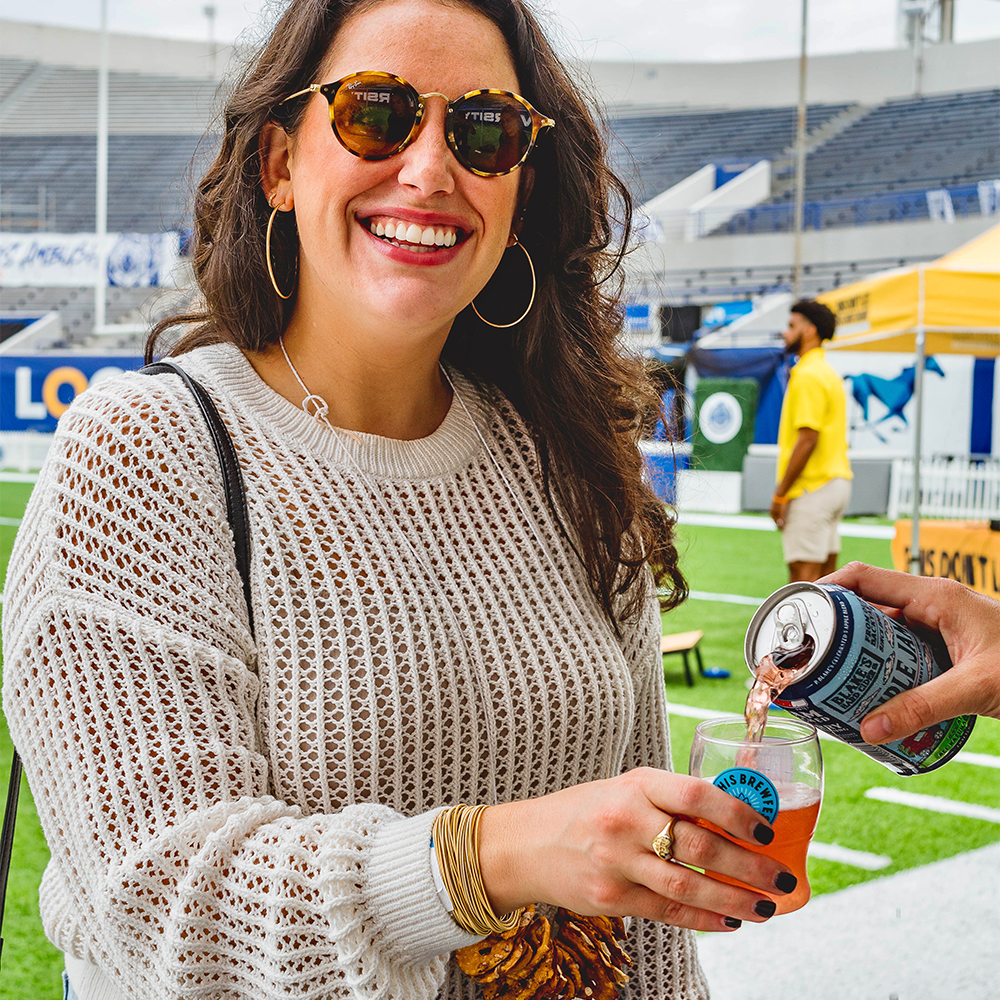
Building with Beer
Urban planners might not have predicted that local beers and places to drink them could become building blocks to transform the city. But they did. The New York Times wrapped this idea up in a 2018 story headlined, “From Blight to Bright Lights in Memphis.”
“In a city long known for its crime problem, increased local efforts have transformed blighted areas into buzzy social hot spots, attracting tourists along the way,” reads the subheading. The story referenced Loflin Yard, Railgarten, Broad Avenue, the Tennessee Brewery, Rec Room, and more. All of them — in one way or another — were reactivated spaces because creative planners and developers gave Memphians a reason to go there, and many times that reason was to drink a local beer.
One sultry summer afternoon in 2014, the late Tommy Pacello looked around the packed courtyard of the once-crumbling, then-vibrant Tennessee Brewery and said, “It’s amazing what some string lights and a few kegs of beer can do.” The Tennessee Brewery Untapped event, which centered on a beer garden with local craft beer, drew thousands to the old building that spring and summer. For many, it was the first time they’d seen the building in years. For some, it was the first time ever.
We know now the brewery was saved from the wrecking ball, underwent a multi-million-dollar renovation, and is now the home of upscale apartments. Did Memphis craft beer save the building? Not on its own, of course. But it did draw people to the spot in a way that, say, local ice cream probably might not have.
It’s the same story with Loflin Yard and the south end of South Main. Overgrown and abandoned (save for carriage horses and their stables), the former safe and lock shop was an unlikely destination for anyone, local or tourist. But that changed in 2016 when visionaries reimagined the yard, its barn, and office as a hangout magnet with a laid-back yard, live music, and, of course, local craft beer.
“When I was in high school, I never would’ve thought in a million years that Florida and Carolina and Georgia would be a residential area,” Josh Whitehead, former director of the Memphis and Shelby County Office of Planning and Development, told the Flyer in 2016. “It was one-story, kind-of-cool brick warehouses. But at night, it was, you know, spooky. The street lights were always out, and it was all these dark brick warehouses from a thousand years ago.”
Loflin Yard gave people a new place to go. Local craft beer gave them something to do there. Again, beer didn’t do it alone. But it’s an important ingredient in the special sauce.
Pacello agreed. In 2013, he was part of the Mayor’s Innovation Delivery Team. He later led the Memphis Medical District Collaborative. Pacello passed away in 2020. But he’s well remembered as one of the brightest, happiest advocates of Memphis, always finding ways to make it better through urban planning and development.
“There are lots of examples of craft breweries being urban pioneers and becoming an anchor for neighborhoods, especially if they have restaurants or taprooms associated with them,” Pacello told Sayle for her 2013 story. “They help activate the streets and become gathering spots for the neighborhood. Like how Boscos was a pioneer in Overton Square.
“All three of them [Memphis Made, High Cotton, and Wiseacre] have these common patterns. They’ve chosen core city neighborhoods, the key being neighborhoods. They’re not choosing to be buried in an industrial park. It’s a key part of revitalization. Is it a silver bullet? Probably not. But it’s definitely a key part.”
Memphis craft breweries are still creating destinations. They’ve opened their taps in different parts of town, giving even more people even more places to go, and something to do when they get there.
Eric Bourgeois is the marketing director for Packed House, the local-craft-beer-friendly parent company for Bardog Tavern, Slider Inn, Momma’s, and Aldo’s Pizza Pies. His company is a presenting sponsor of Memphis Brewfest, set for September 16th at the Memphis Sports & Events Center.
On a recent call, Bourgeois referenced a Memphis beer map in his brain to point to Ghost River on South Main, High Cotton in The Edge, Grind City in the Snuff District, Soul & Spirits in Uptown, Wiseacre’s OG Broad Avenue location, and Memphis Made in Midtown.
“They’re creating all these different nodes and attractions for people to get out and experience local beer and, maybe, see a part of the city they hadn’t explored before,” he said. “From there, it branches out to the nearby retail and restaurant spots, a lot of which are partnered with those breweries. It’s a good synergy for everyone involved.”
All of this has helped to shape Memphis’ modern identity. The new places to go and new things to do gave a sense of moving forward. It helped give Memphis a new, positive narrative, and that helped push civic pride.

Beercation?
It’s a thing. Google it. Nielsen Media Data said an average American had visited 2.1 local breweries while traveling in the last year.
The Memphis Tourism website has a dedicated craft beer page that brags “our artesian wells produce the crisp water that has been filtered for 2,000 years to help create some of the best craft beer in the world.” That famous Memphis water is soft, and brewers say that’s great to create just about any style of beer they want.
Memphis probably does not rank high on beer tourists’ bucket lists, but many tourists make pints a point once they get here. Memphis Tourism even offers tourists a special Hop Stops program with directions to and descriptions of local breweries.
But Stephen Guenther’s company removes that step and takes beercationers directly to the breweries on the Memphis Brew Bus. It’s an example of at least one new business that began around the city’s craft scene. Every Saturday, tourists load up on the bus for a three-and-a-half-hour-long tour of three Memphis breweries.
“It just really fit a certain class of traveler, like epicurean people who travel for food,” Guenther said of the tourists who board the Brew Bus looking for local craft beer. “[Craft beer] expanded our overall attractiveness to folks coming in. There’s just one more thing to do, especially when it’s hot here. When you can spend a Saturday afternoon with a cold beer on an air-conditioned bus; that’s a pretty good day.”
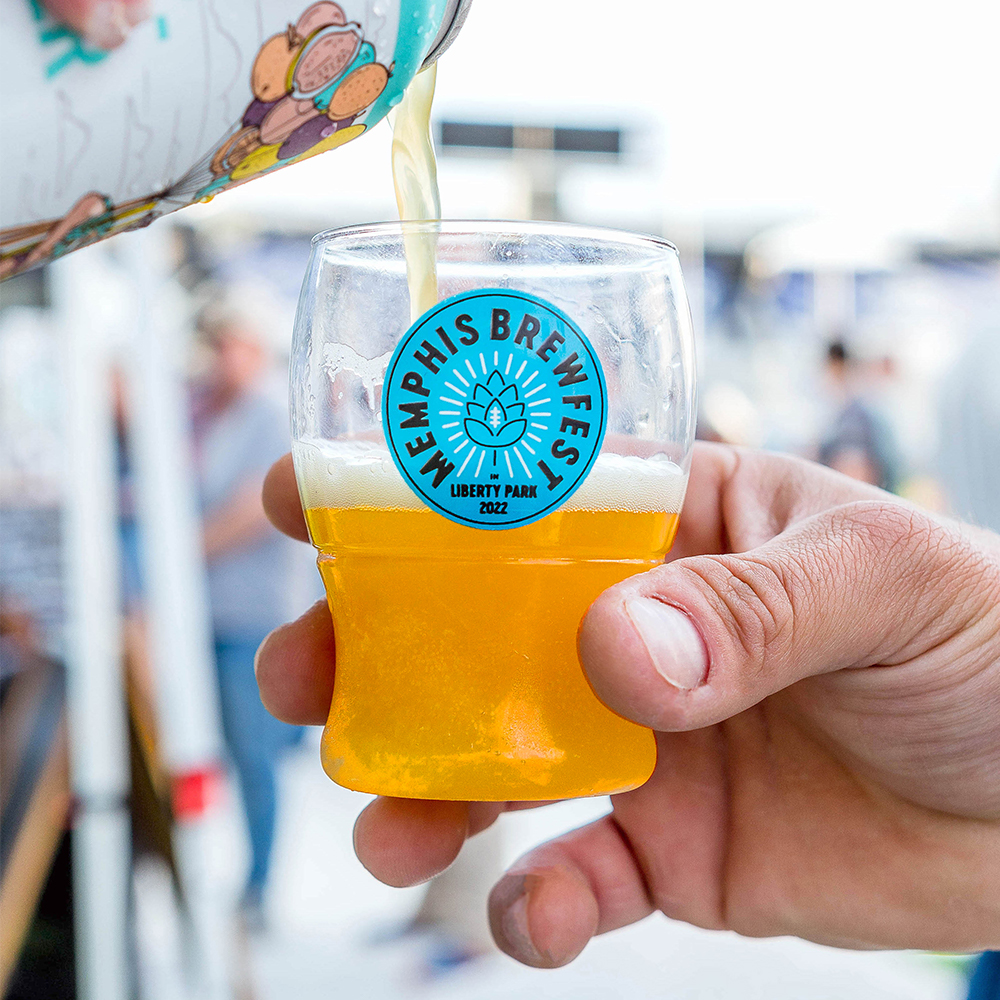
Where to?
Memphis craft beer has come a long way in the last 10 years. But there is room to go further, some say.
A few years ago, Kyle Johnson, an avid craft fan, moved to Memphis from Atlanta, a city with “an incredible brewery scene and overall beer scene” jammed with brewpubs and beer bars. He’s come across many beers here that are just “forgettable,” he said, and beer bars do too little marketing to make the scene seem fresh and exciting.
Breweries here, Johnson said, either have all the same stuff to appease many tastes, or they brew to the tastes of the brewers with little regard for the market. Either way, Johnson hopes Memphis breweries will take more chances down the road.
“More people are coming through this city either via tourism or just moving here in general, and a lot of them have experienced other cities,” Johnson said. “If you take a chance and try something new or possibly ‘out of the norm’ for Memphis, you might be surprised that it’s what the crowds are craving.”
There’s another national craft beer trend that vexes industry insiders and makes outsiders roll their eyes at craft as a “white person thing:” racial diversity. It’s a nationwide issue but is easily seen in Memphis. Just have a look around many local taprooms.
The latest study (in 2018) by the Brewers Association, the industry group for small and independent brewers, showed that more than 85 percent of craft drinkers were white. Minority groups made up the rest, and while that was an increase, it wasn’t enough.
“Given that only 68.7 percent of the 21+ U.S. population is non-Hispanic white, that’s not progress,” the study said. “Minority craft drinkers are growing, but only because the total population of craft drinkers is growing, not because craft drinkers are getting more diverse along racial lines.”
What’s Ahead?
In our 2013 beer story, Sayle called Skypeck “the godfather of craft brewing in Memphis.” He left Memphis that year for a job with the National Brewers Association group.
While he’s not current on the Memphis beer scene, he said he’s seeing the craft beer industry leveling off. Brewers, like many other businesses, are facing the headwinds of inflation. For example, the costs of malt and cans rose by 40 percent recently, he said. This could mean Memphis might not see many new breweries soon.
But Skypeck said the leveling off could just be a market cycle as craft beer competes with other products like hard seltzers, flavored malt beverages, and, now, ready-to-drink cocktails. But, Skypeck said, “Those things come and go, and craft beer always stays.”
In his 30 years in the craft beer business, Skypeck said he’s heard many ring the death knell for his industry, especially when a high-profile brewery closes.
“How many times do you see a high-profile restaurant close and people say it’s the end of dining out?” he asked.
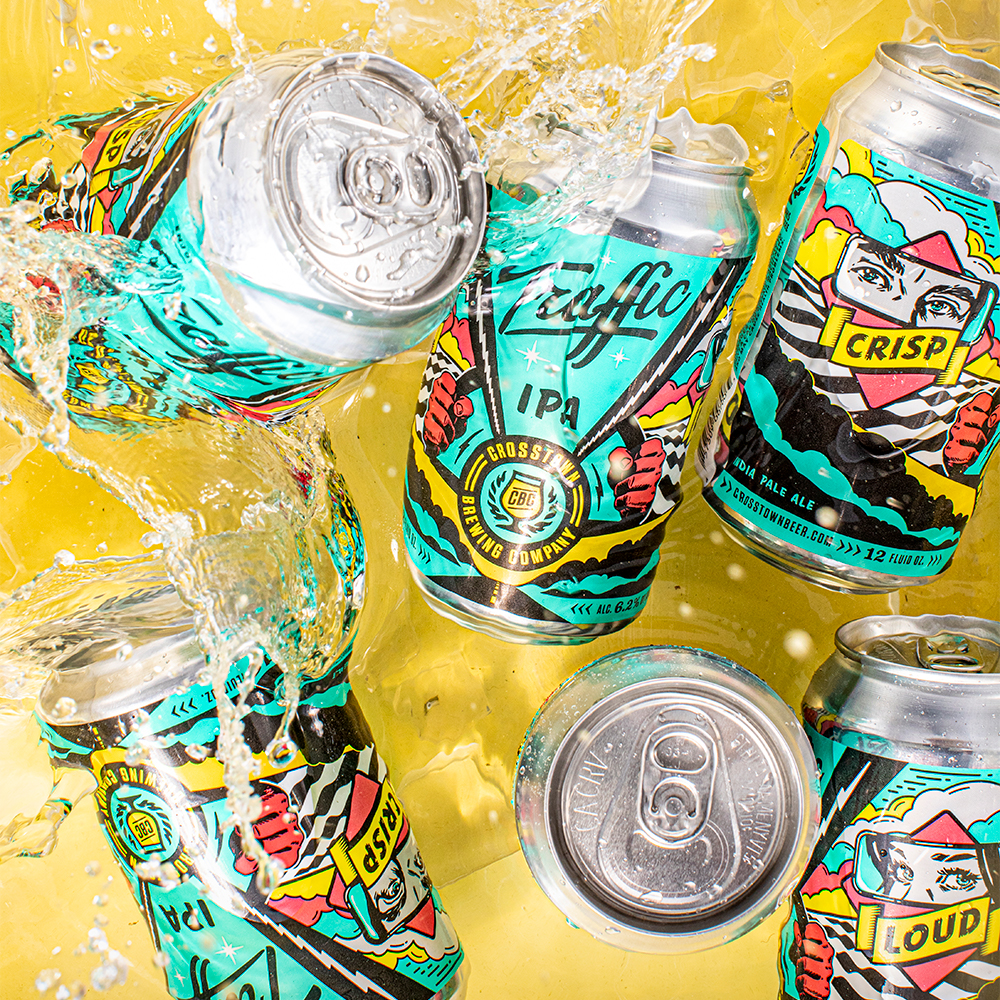
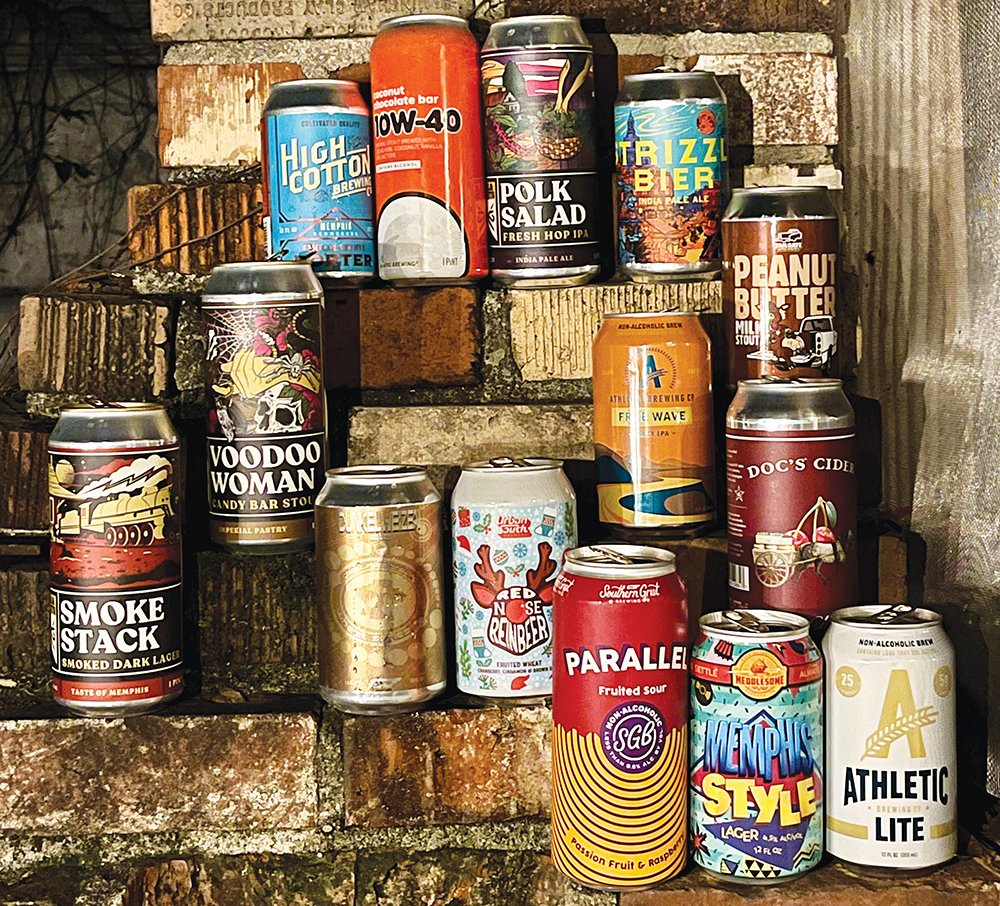
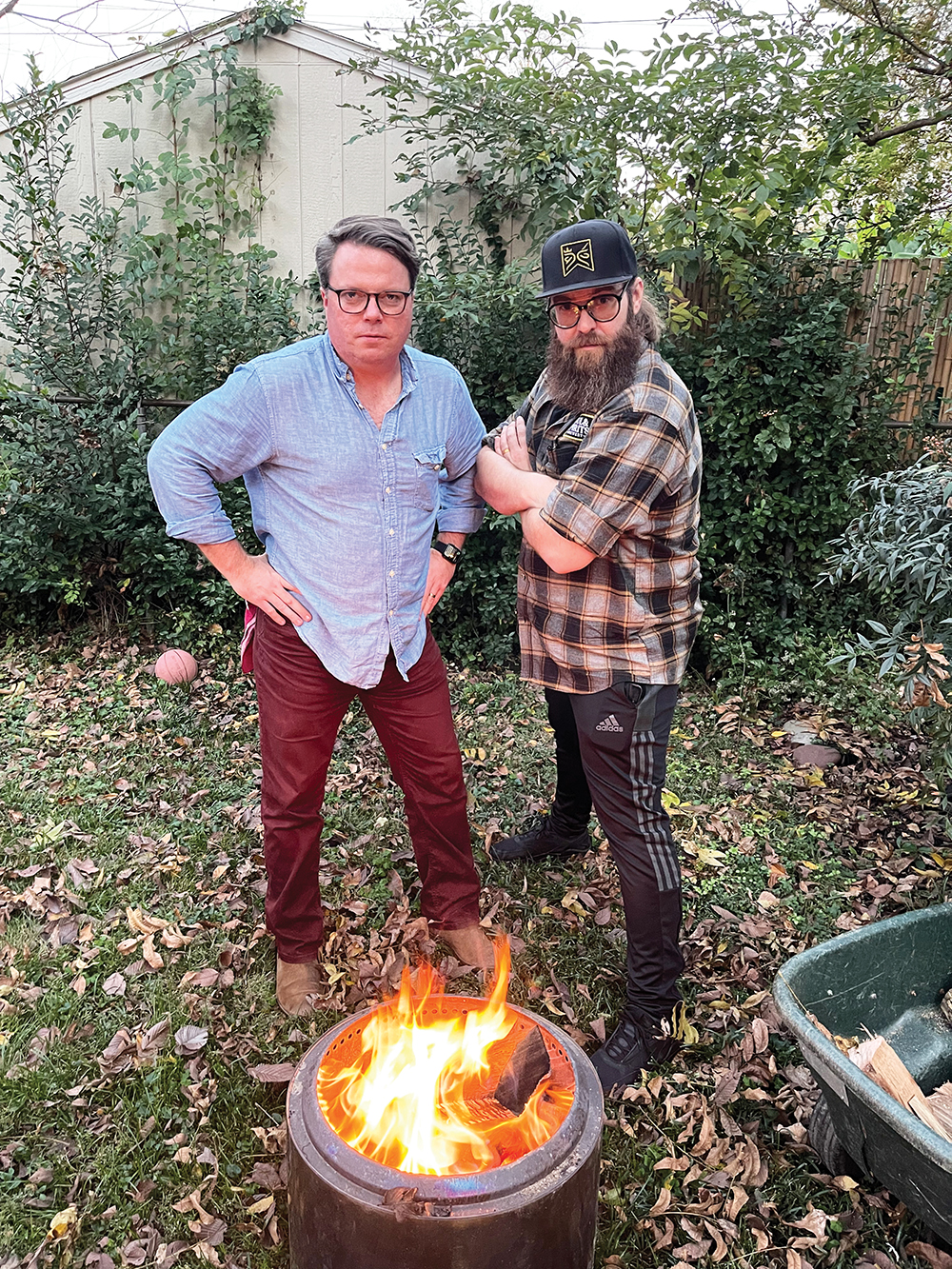
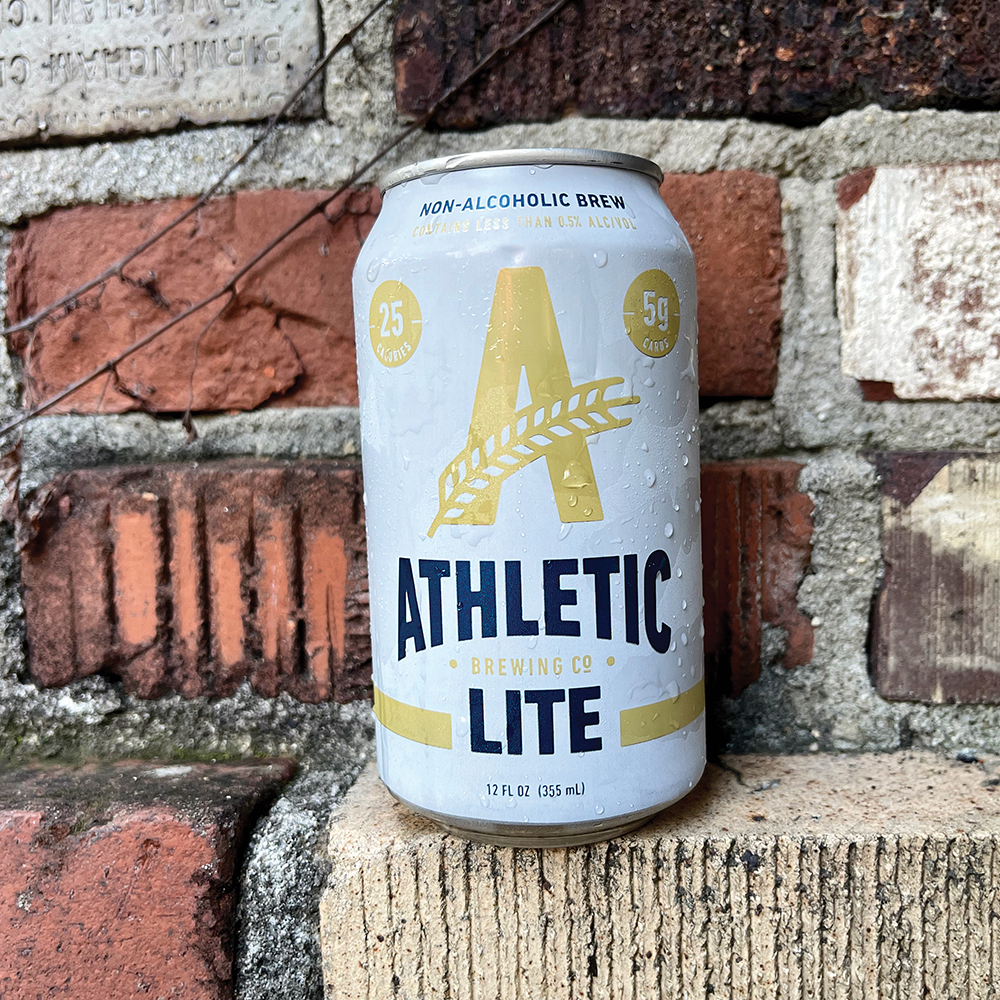
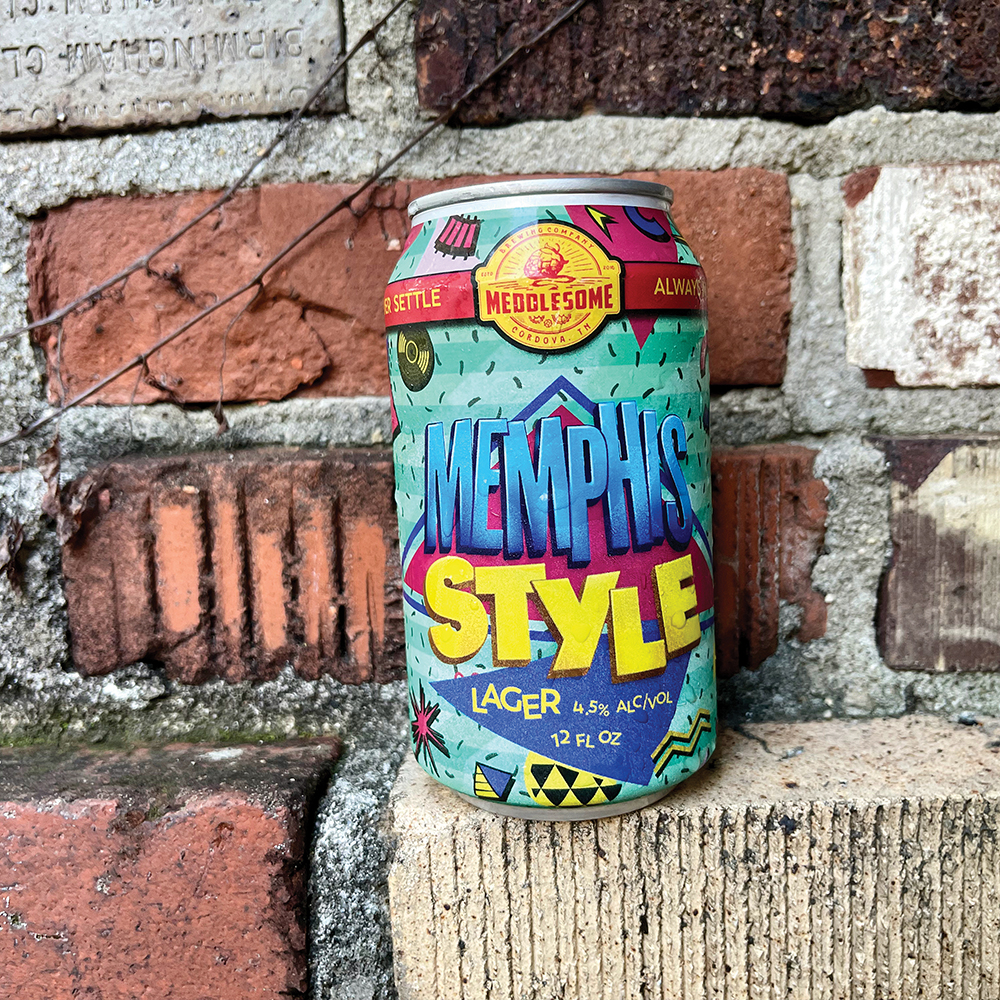
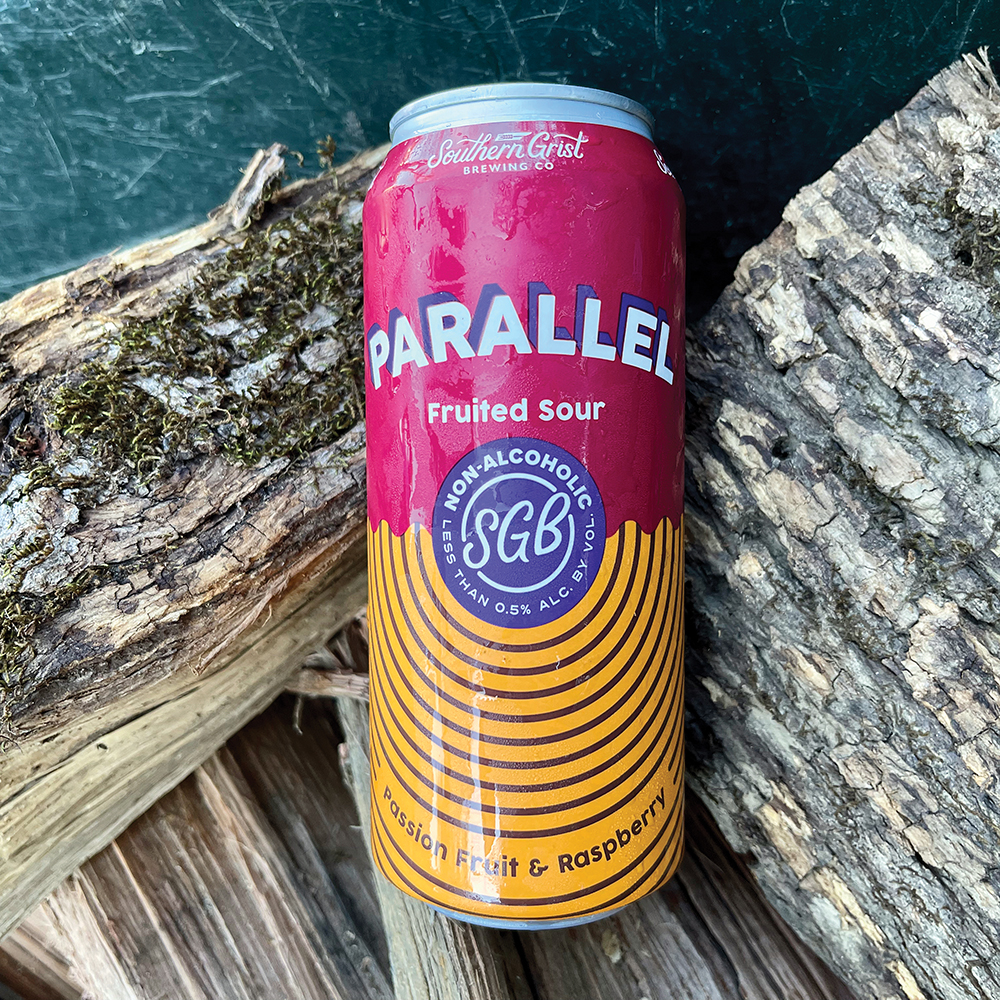

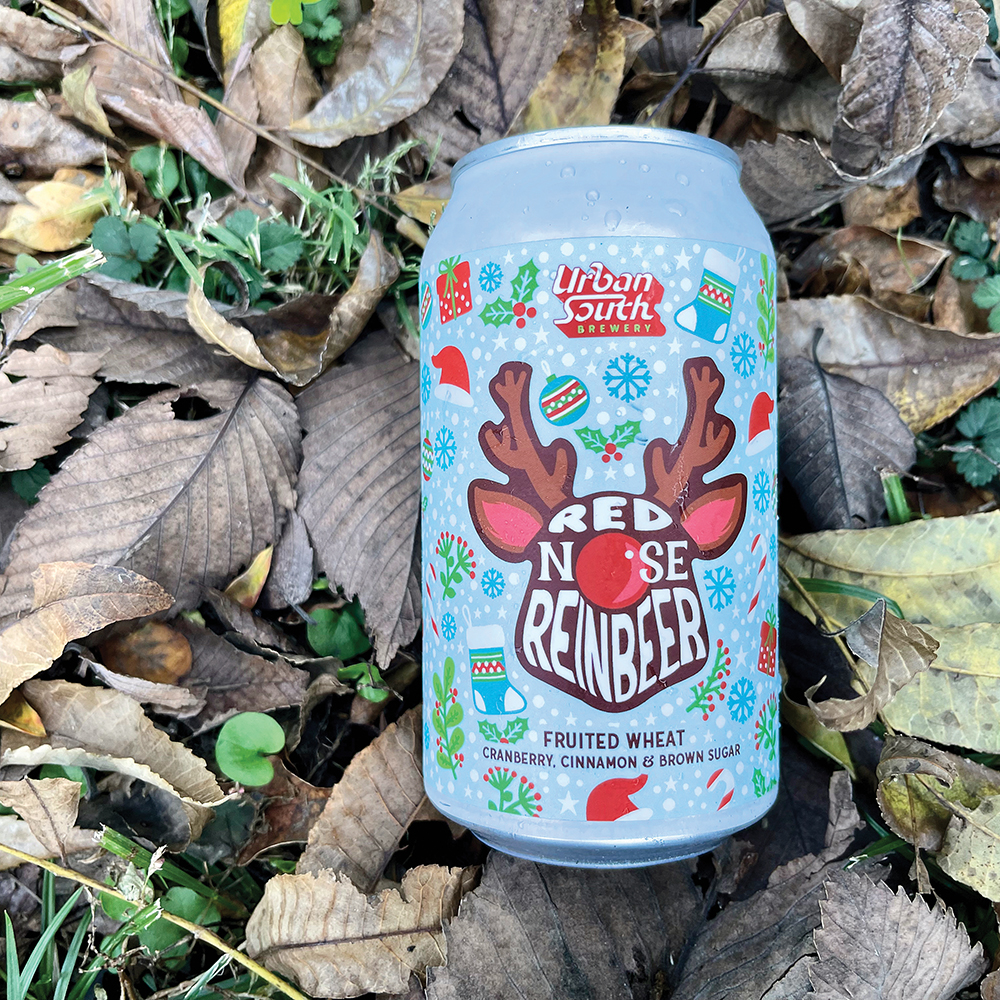
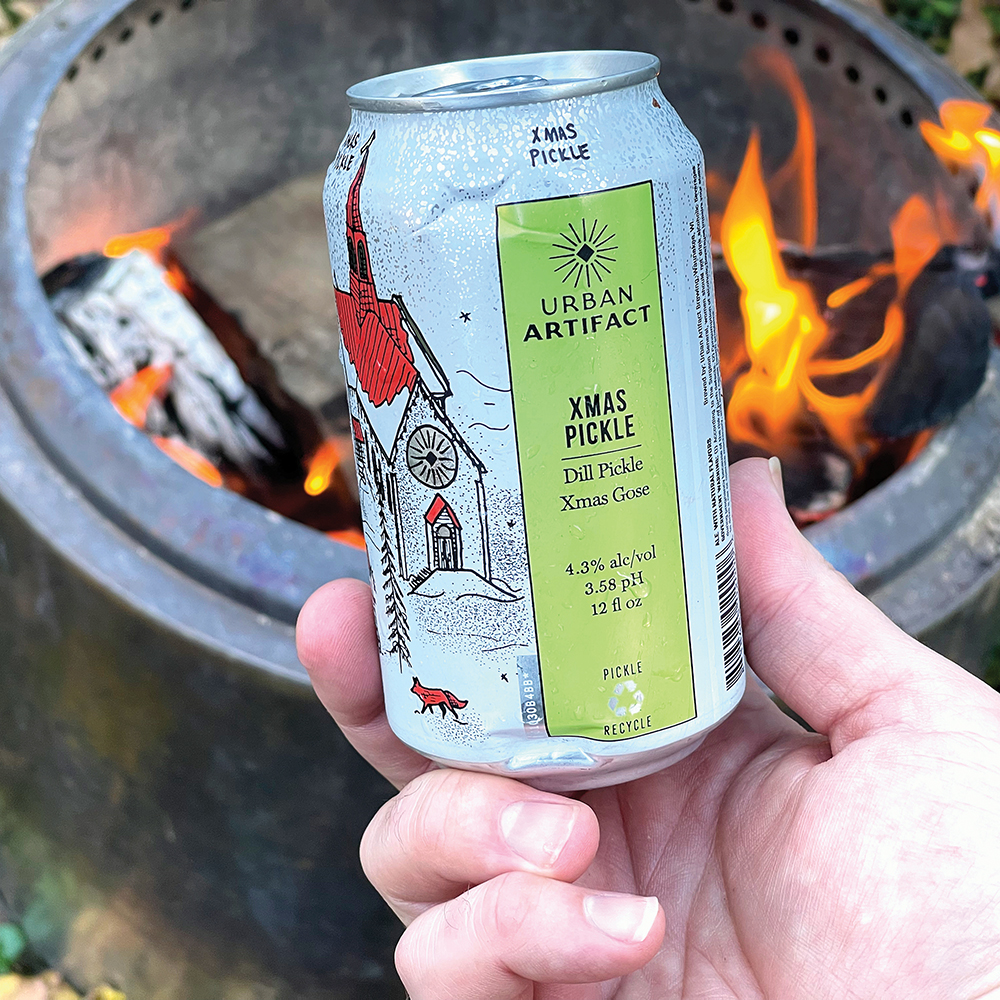


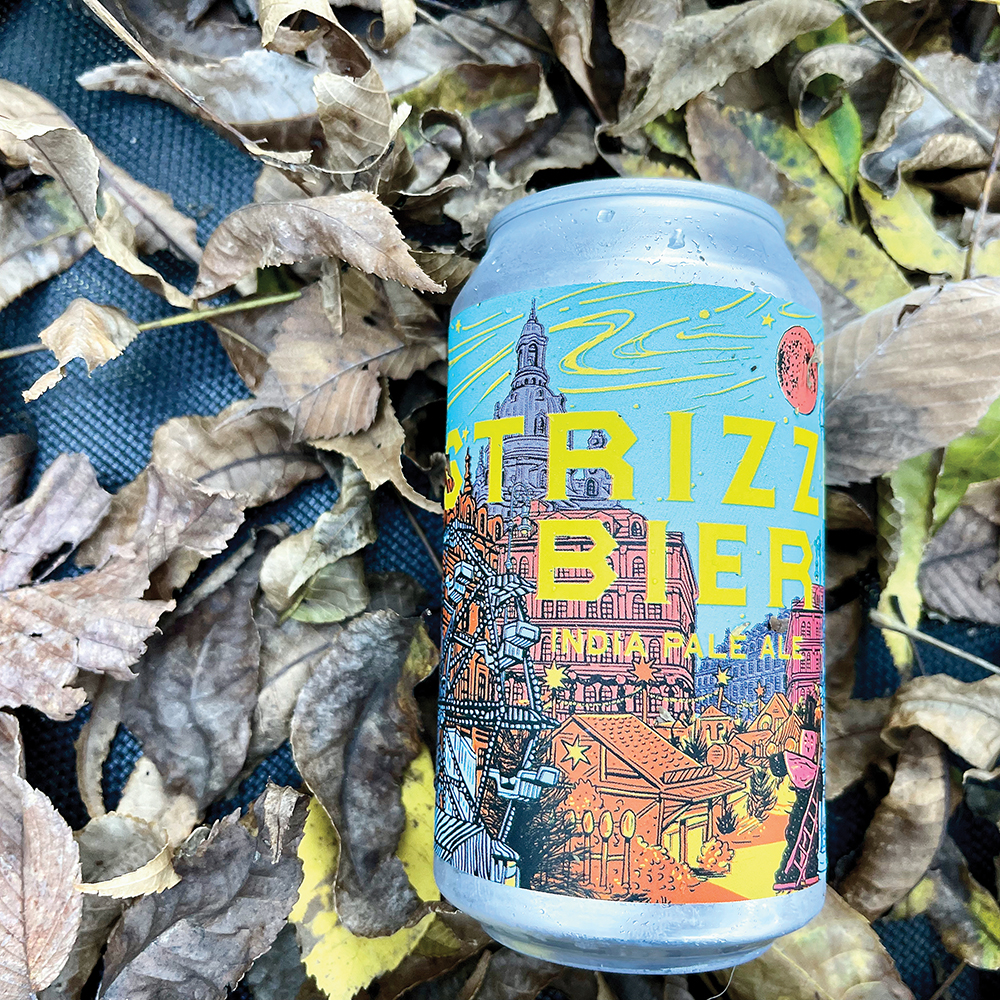

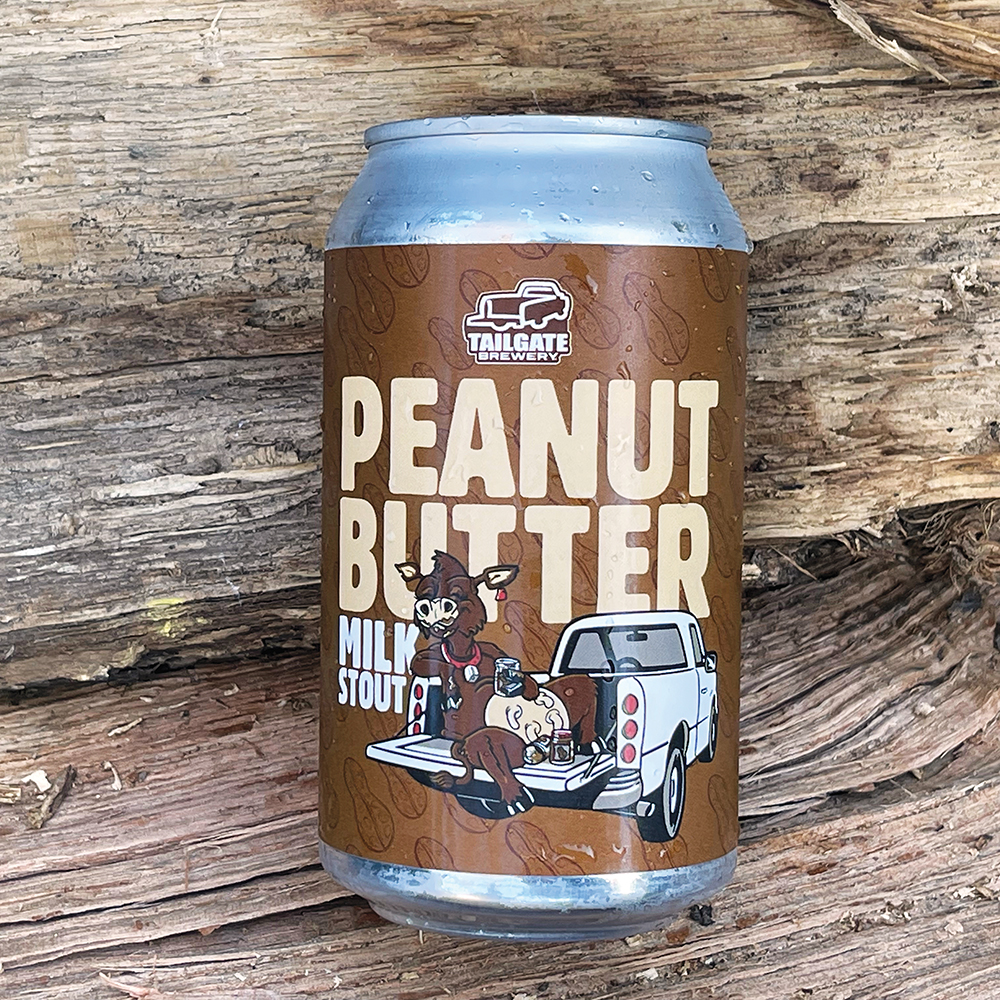


 Richard Murff
Richard Murff 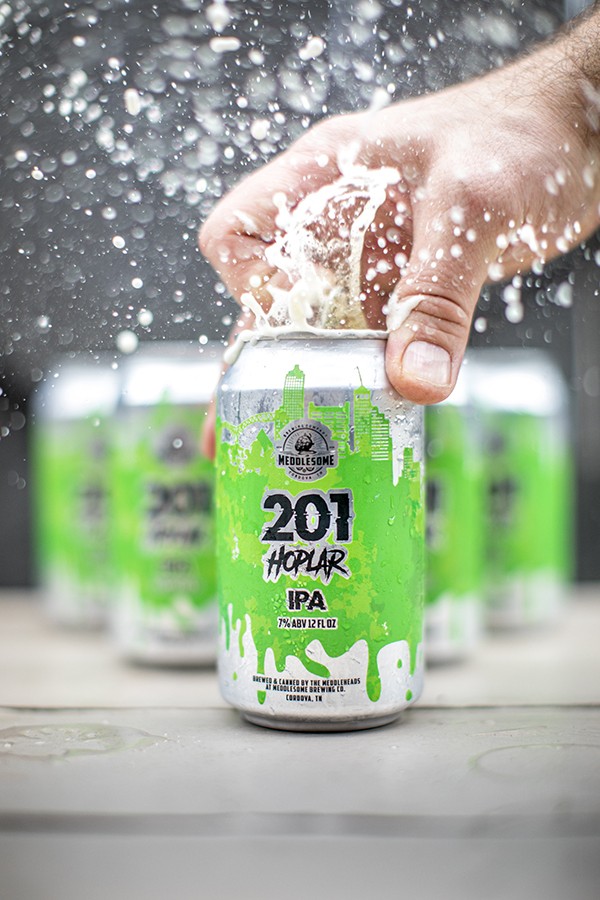
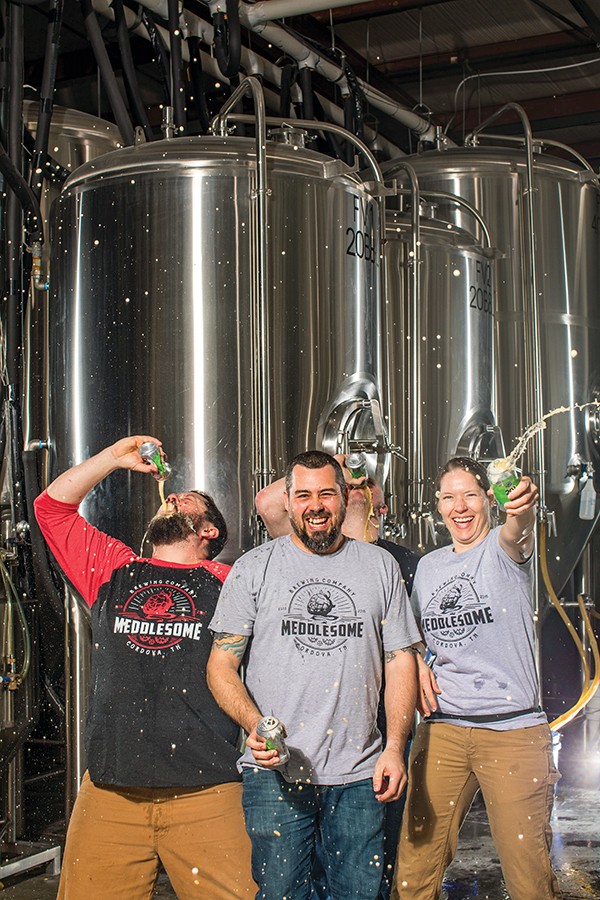
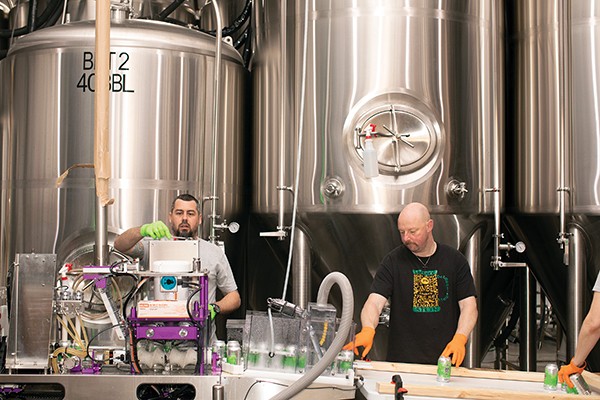

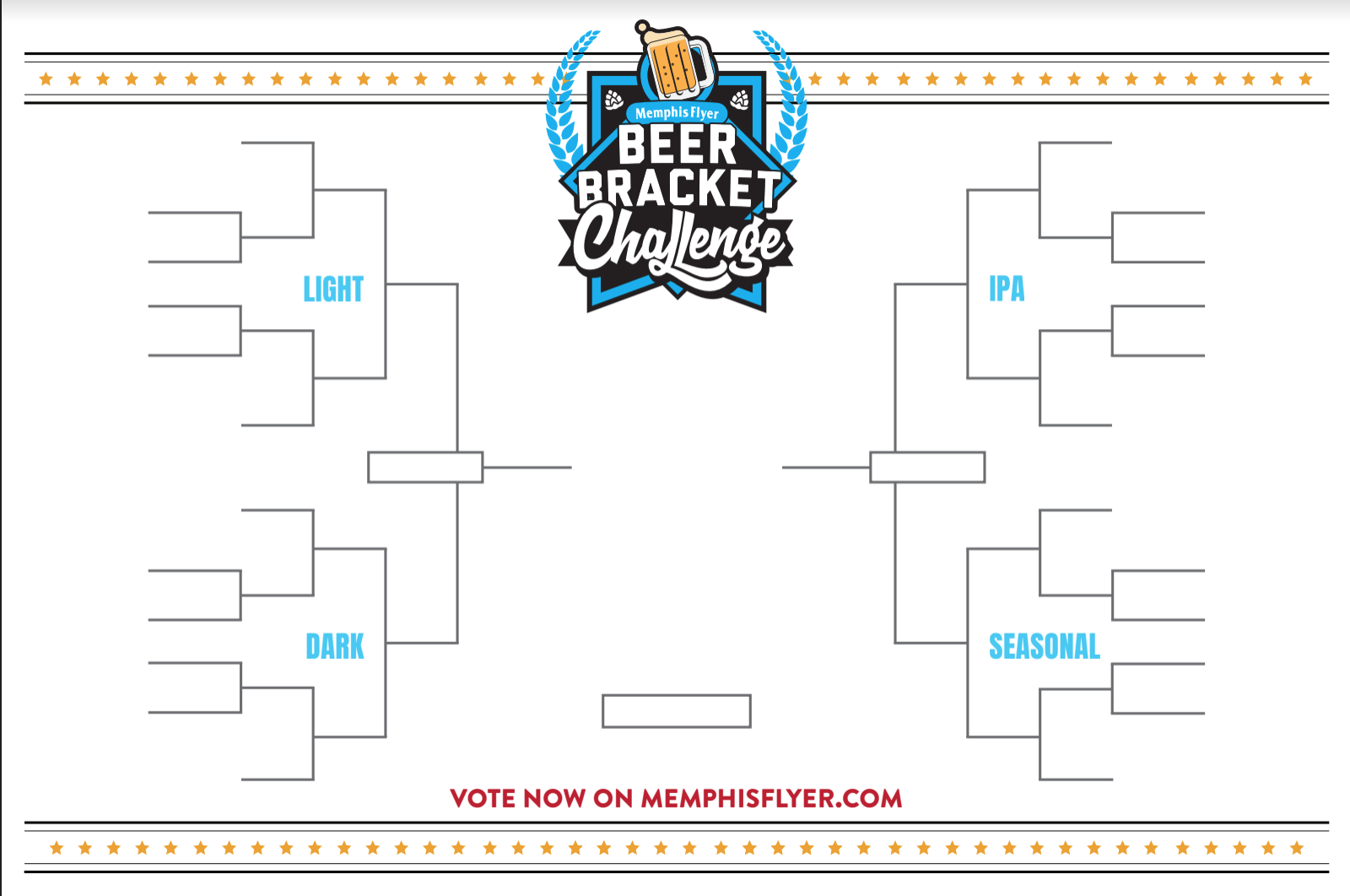


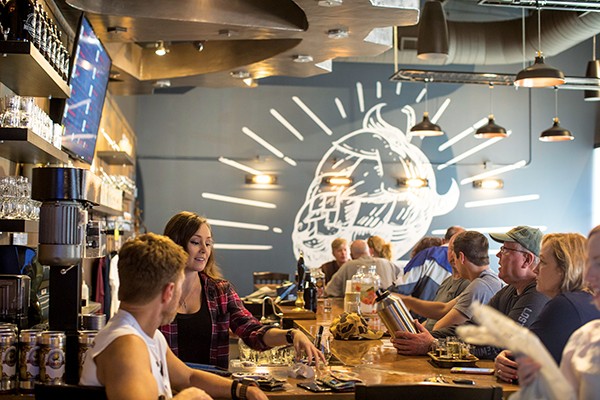
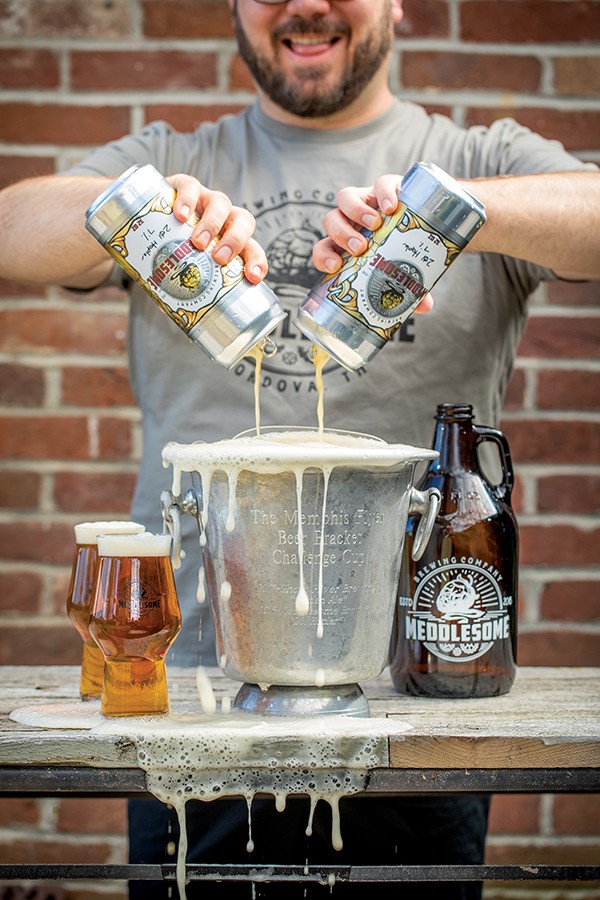
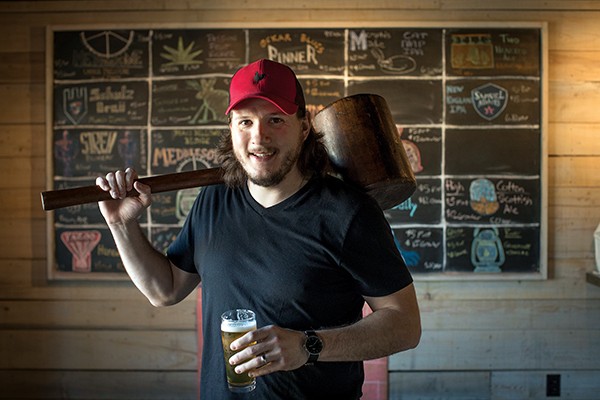

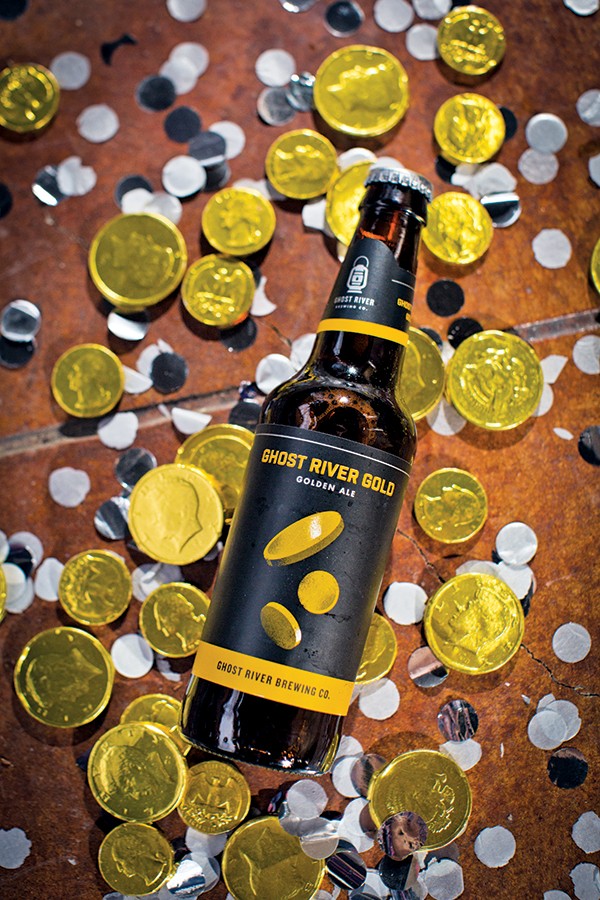 Justin Fox Burks
Justin Fox Burks 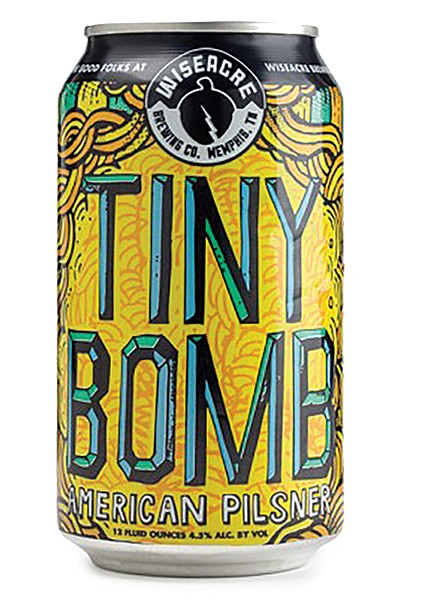
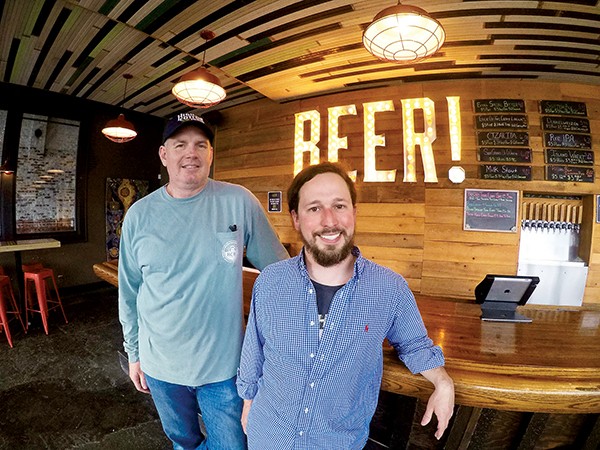 Toby Sells
Toby Sells 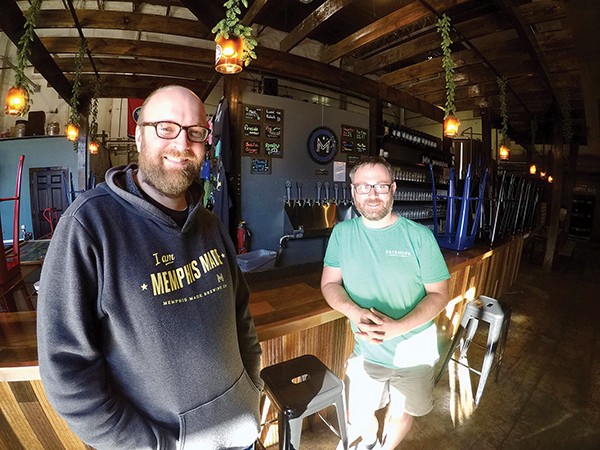 Toby Sells
Toby Sells 

